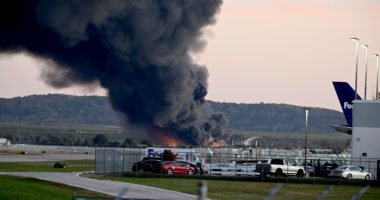Share this @internewscast.com
Iran is grappling with its most severe drought in decades, sparking concerns about potential evacuations in Tehran and posing threats to the regime’s stability and nuclear goals, according to a prominent environmental expert.
Kaveh Madani, who leads the United Nations University Institute for Water, Environment and Health, highlighted that Iran’s escalating “water bankruptcy” could hinder the country’s functionality and diminish its influence on the global platform.
“This water bankruptcy undermines Iran’s strength internationally,” Madani shared with Fox News Digital.
“If Iran intends to hold onto its ideology and continue its confrontations with the West, it must rely heavily on its natural resources. Without adequate water, there’s reduced resilience and a diminished capacity to resist,” he explained.
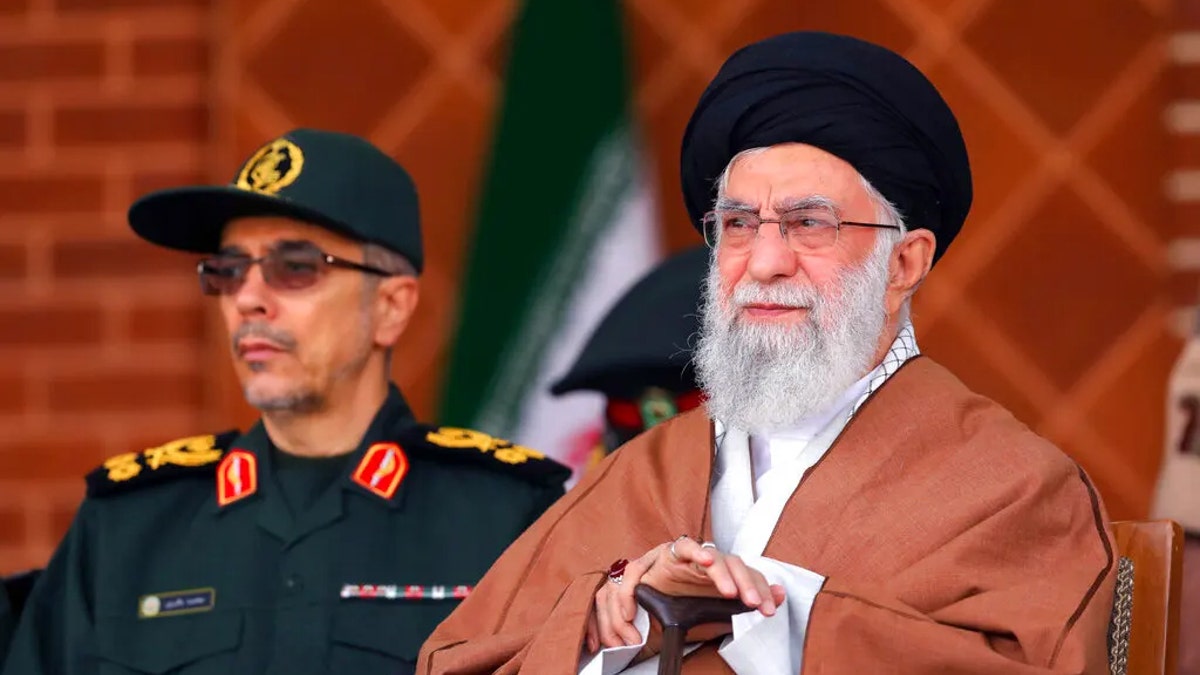
Accompanying the discussion is an image of Iran’s Supreme Leader, Ayatollah Ali Khamenei, seated beside a senior military official. (Getty Images)
Madani, who has consistently cautioned about Iran’s environmental mismanagement, noted that the current nationwide water crisis was something that could have been foreseen.
“The water bankruptcy situation was not created overnight,” he said. “The house was already on fire, and people like myself had warned the government for years that this situation would emerge.”
President Masoud Pezeshkian warned that without rainfall before winter, Tehran could face partial evacuation, according to The Associated Press.
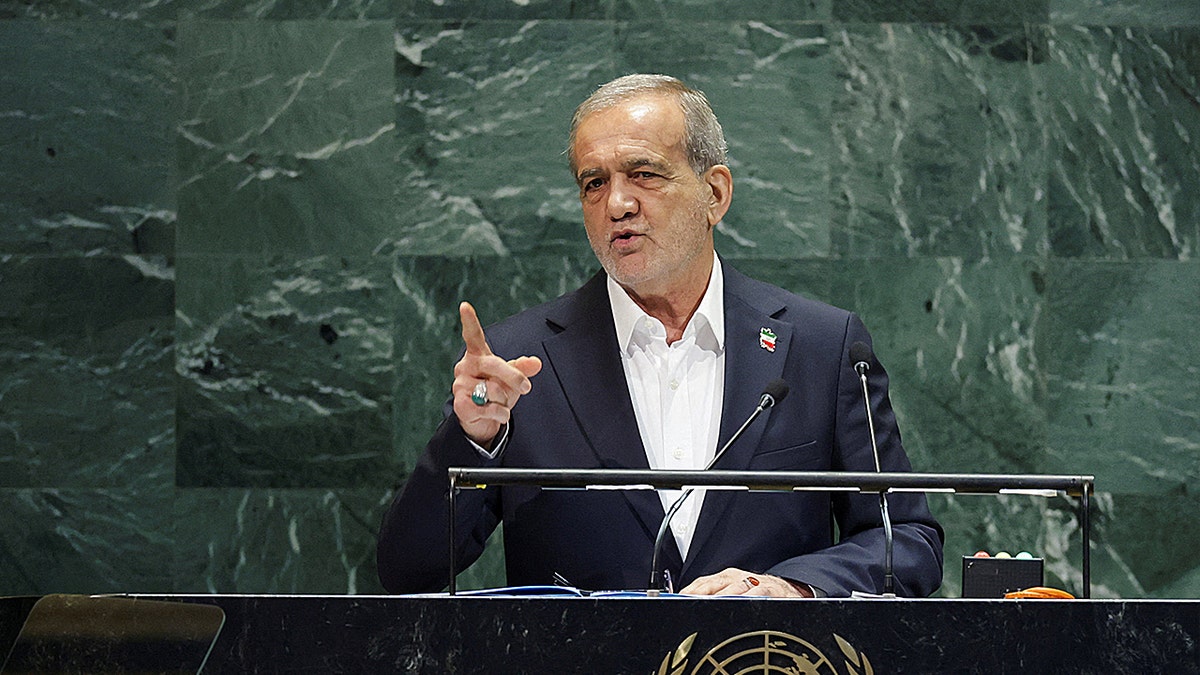
Pezeshkian accused the U.S. of a “grave betrayal” at the United Nations General Assembly on Sept. 24, 2025, in New York City. (Jeenah Moon/Reuters)
Of the five major dams supplying the capital, one has already run dry and another is operating below 8% capacity, according to AP.
Energy Minister Abbas Alibadi also announced that water supplies will be cut off on some evenings to refill reservoirs, urging citizens to reduce consumption by 20% to avoid rationing.
“The symptoms were already present, and now the flames are undeniable. We are discussing Day Zero, when the taps would run dry in Tehran and other cities once immune to shortages,” Madani said.
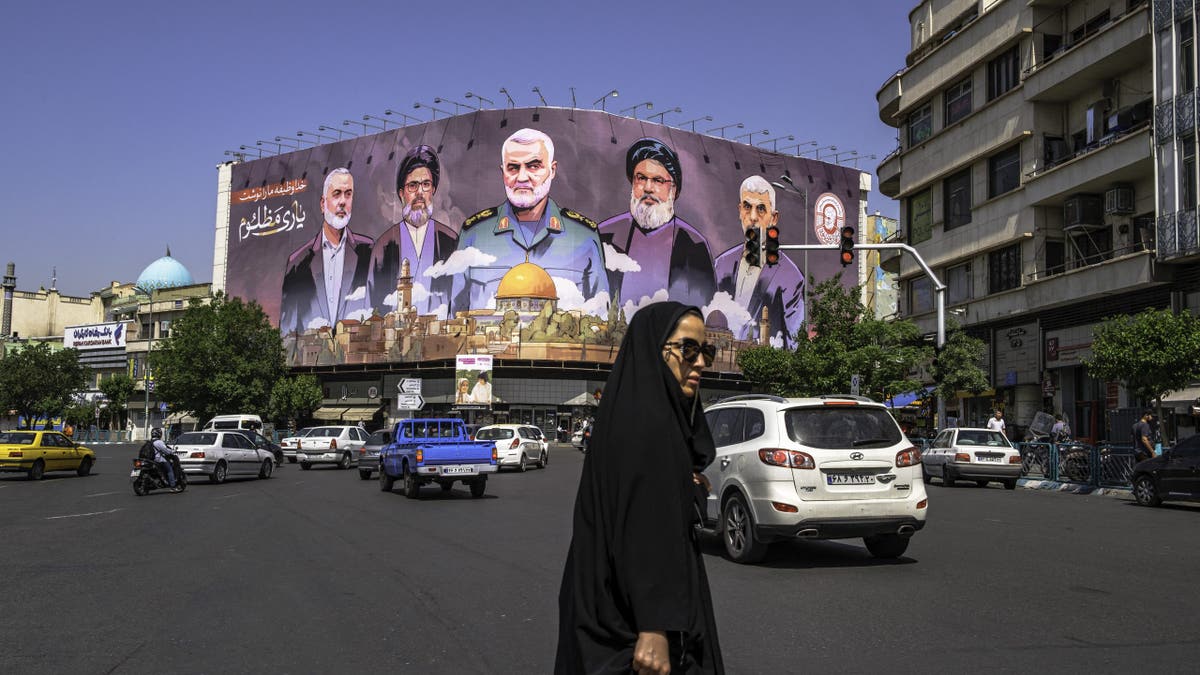
People move past a large banner featuring portraits of slain leaders from Iran-aligned armed groups, including Hamas leader Yahya Sinwar, Hezbollah leader Hassan Nasrallah, and Iranian commander Qasem Soleimani, in central Tehran, Iran, on May 1, 2025. (MOHAMMADALI NAJIB/Middle East Images/AFP via Getty Images)
“Iran is in a state of water bankruptcy, the result of decades of mismanagement, worsened by prolonged drought and climate change,” he added.
Madani also said that the collapse of basic infrastructure could spark wider unrest.
“When people are out of water and electricity, you face domestic and national security problems that even Iran’s enemies, not even President Trump or Prime Minister Netanyahu, could have wished for this to happen.”
Madani warned that the crisis threatens not just its citizens but also Iran’s energy and nuclear infrastructure.
Despite U.S. claims that airstrikes destroyed Iran’s nuclear facilites, new intelligence reported by The New York Times suggested ongoing enrichment at a fortified site known as Pickaxe Mountain.
“If water and electricity shortages persist, any nuclear program would also be impacted,” Madani claimed.
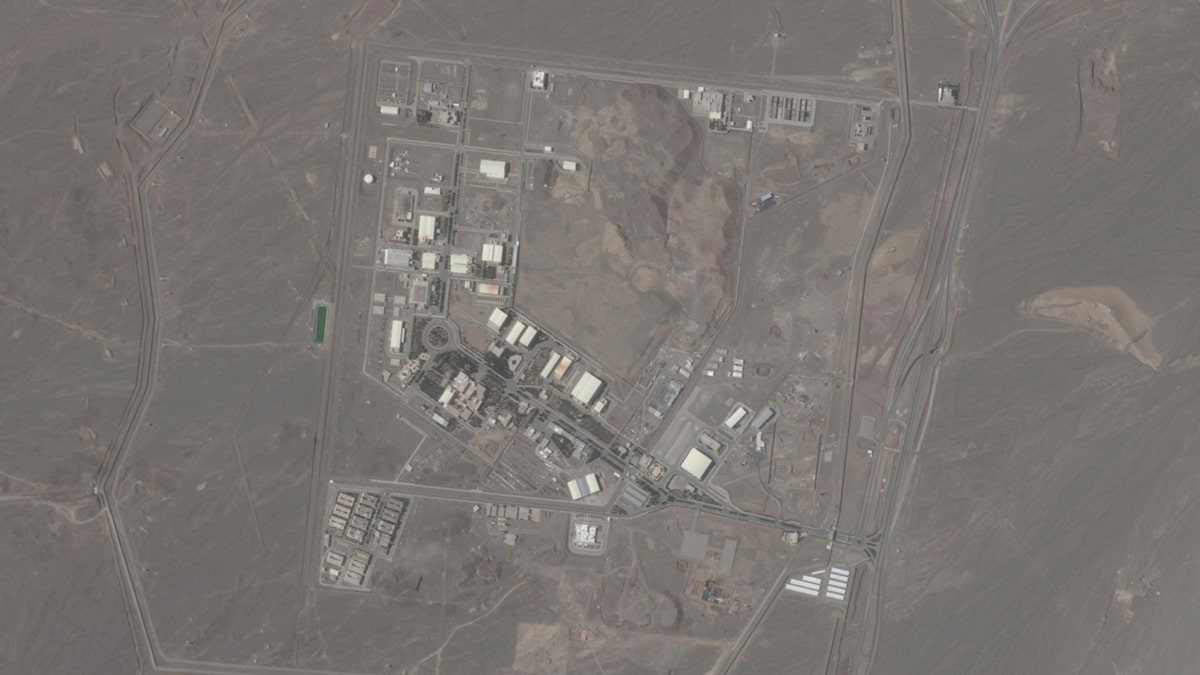
FILE – This satellite photo from Planet Labs PBC shows the Natanz nuclear facility in Iran on May 20, 2025. (Planet Labs PBC via AP, File)
“Lack of rain means less hydropower generation, leading to both water and power outages,” he said.
The U.S. and its allies reimposed sweeping sanctions on Iran’s oil exports and banking sector and the end of the 2015 nuclear deal triggered penalties.
“Additionally, they face the issue of sanctions,” said Madani, “There were already sanctions in place, imposed by the United States and there were also Security Council sanctions that, as you know, have been reintroduced.”
“Iran is in resistance mode, and remaining in this mode means increased pressure on Iran’s ecosystem, natural resources, and water, but it also means heightened concerns about food insecurity issues and dependence on food imports.”
Evacuation of Tehran, however, remains improbable, Madani said. “People have jobs, children are in school, so it can’t happen overnight. The government hopes for rain, but people are already afraid.”
“Iran is in resistance mode, and remaining in this mode means increased pressure on Iran’s ecosystem of natural resources and water,” Madani concluded.











